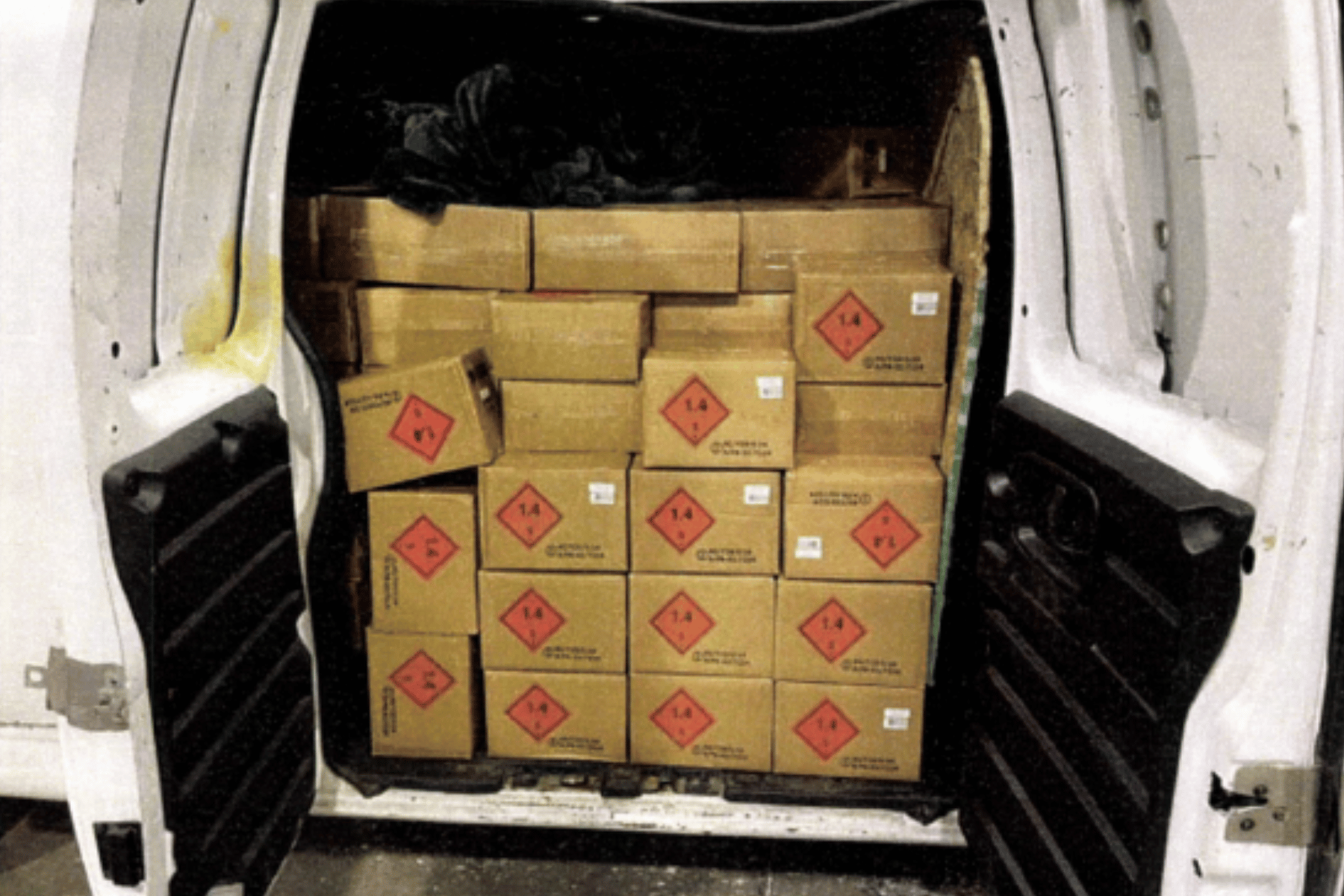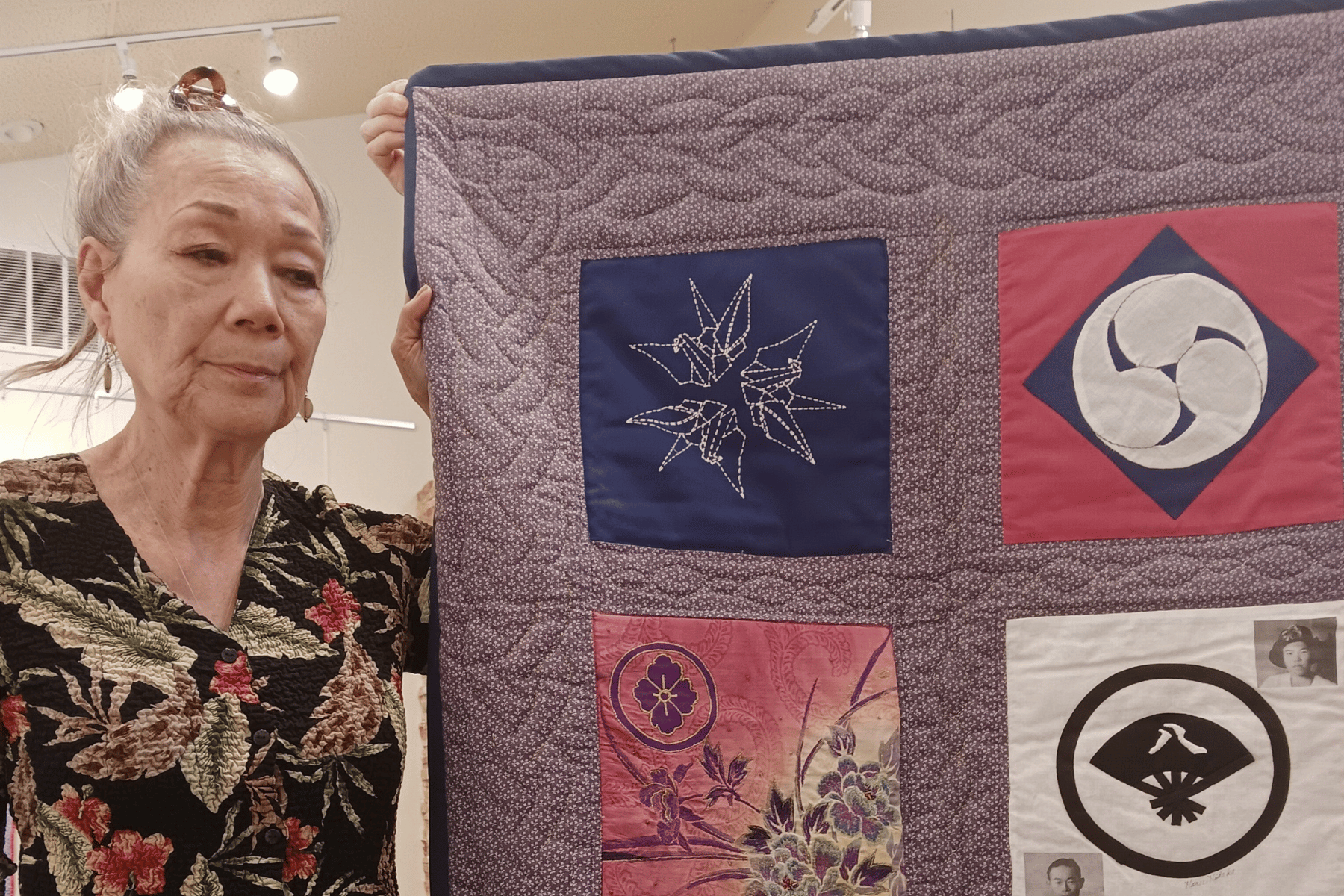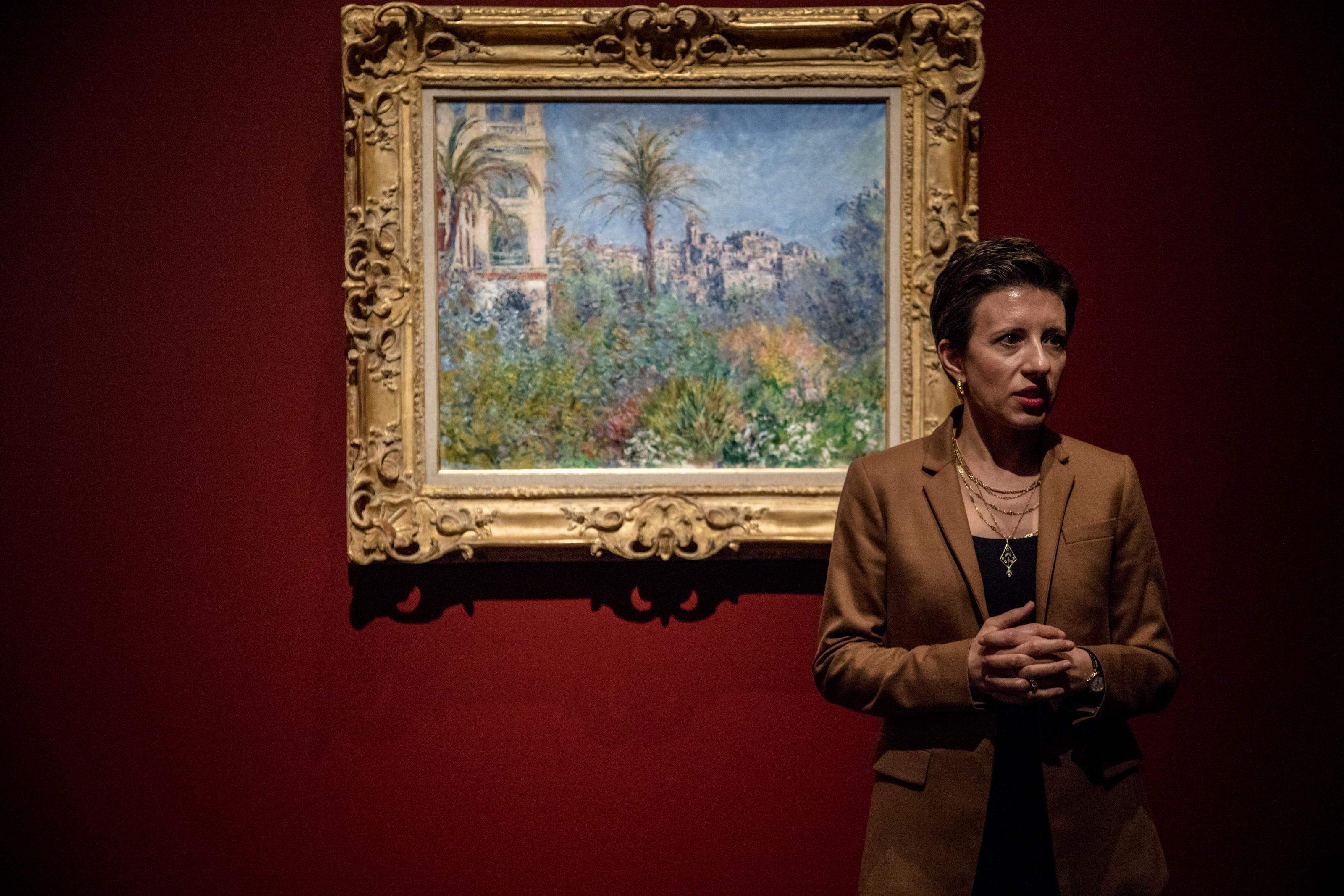
When a priceless work of art like a Monet painting goes on a trip, it kind of rolls like a famous VIP. There's an army of handlers. The watchful eye of security. And accommodations kept at the perfect temperature, separated from the rabble.
There's also intense scrutiny — from art experts and conservators, not paparazzi.
“What I'm doing is comparing the outgoing condition report with now the condition of the painting after the travel and I'm comparing the losses, the cracks if something has changed,” conservator Felicitas Klein said as she scanned a painting with a small light and magnifiers perched on her head.
“It looks good,” she told another conservator. “Maybe check the frame now.” The frame also fared well, a “big relief” for Klein and her colleagues. Although, nobody really relaxed till the work was hung on the wall and doubled checked.
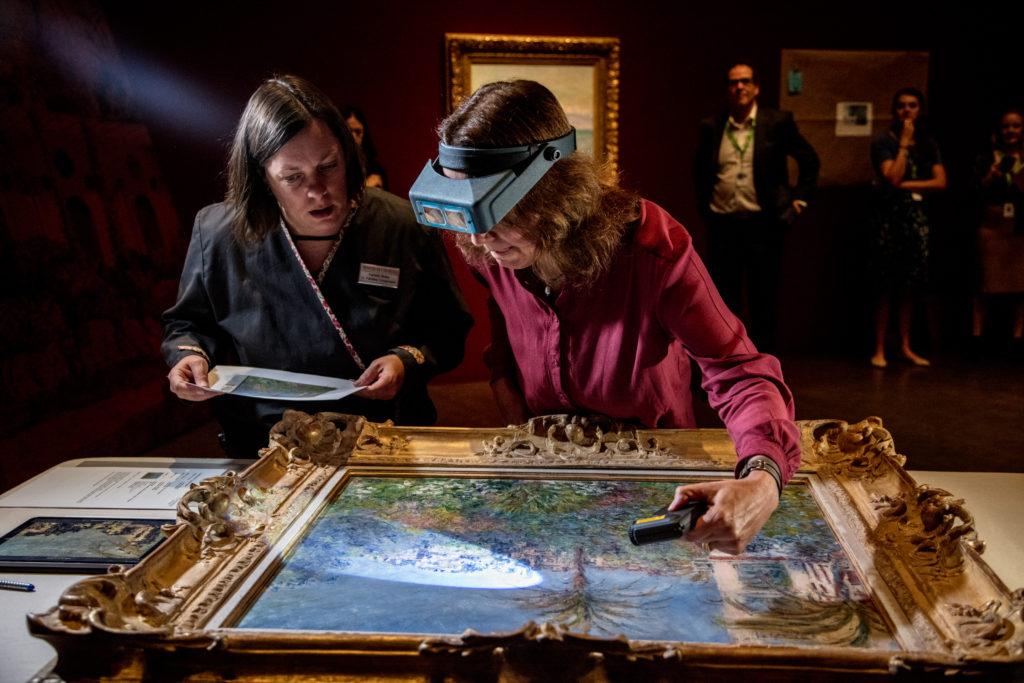
For its massive blockbuster exhibition, “Claude Monet: The Truth of Nature,” which runs Oct. 21, 2019 - Feb. 2, 2020, the Denver Art Museum has culled paintings by the French Impressionist from across the globe. Each has landed in Colorado, all accompanied by couriers specialized in moving this kind of delicate cargo.
More than 70 institutions and private collectors, across 15 countries, lent out their Monet masterpieces so that audiences in Denver could have a look. More than 120 works in all, from Monet’s “first known” piece to paintings he did late in his life.
That’s a lot of art to make travel arrangements for, and the person in charge of that is Denver Art Museum’s chief registrar, Sarah Cucinella-McDaniel.
She gets the late night phone call when a fancy piece of art decides to be a primadonna and shows up unexpectedly. At around 2 a.m., “the loading dock called to tell me that a truck had arrived on the dock three hours early,” she said. It was one of nine Monet shipments expected that day.
“I can't get crates off the truck by myself,” Cucinella-McDaniel said. “I need a team of art handlers and mobilizing people at 2 a.m. is challenging.”
Security locked down the truck and she eventually got the help she needed to transfer the art into the museum’s gallery space, but it’s a good example of the hoops you jump through to get these paintings.
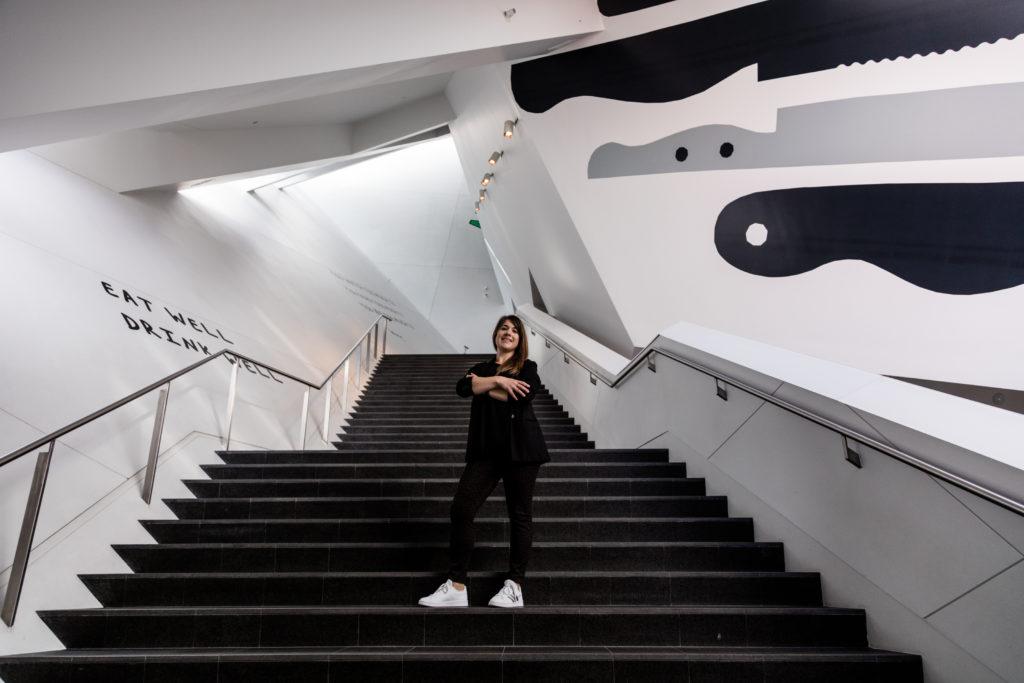
One of the first hurdles is one of the least sexy: insuring these valuable loaned pieces of art.
For this Monet show, the DAM got an assist from the federal government through the Arts and Artifacts Indemnity Program. Created by Congress in the 70s, it curtails the expense of insuring international exhibitions. Once she checks insurance off her list, customs is the next task.
She said they “work with foreign agents to clear customs on both sides,” to get the necessary documentation in place and to make sure they won’t pay duties as works move across borders. The State Department was also involved to provide paperwork that acknowledges that the cargo is of cultural significance and, therefore, should not be seized.
“We talk at all hours of the day and night,” she said of her new friend the customs broker.
The art for this show mainly traveled by plane and/or truck and was meticulously packed in climate-controlled crates set to the same temperature as the museum, about 70 degrees Fahrenheit. If they’re flying, they do so in the cargo areas of passenger planes, according to Cucinella-McDaniel. If they come by land, then they turn to fine art specialists, not your typical big rig trucker.
“We lock and seal the trucks and then they drive straight through,” never leaving the art unattended. If a driver needs a nap, a second is available to take the wheel.
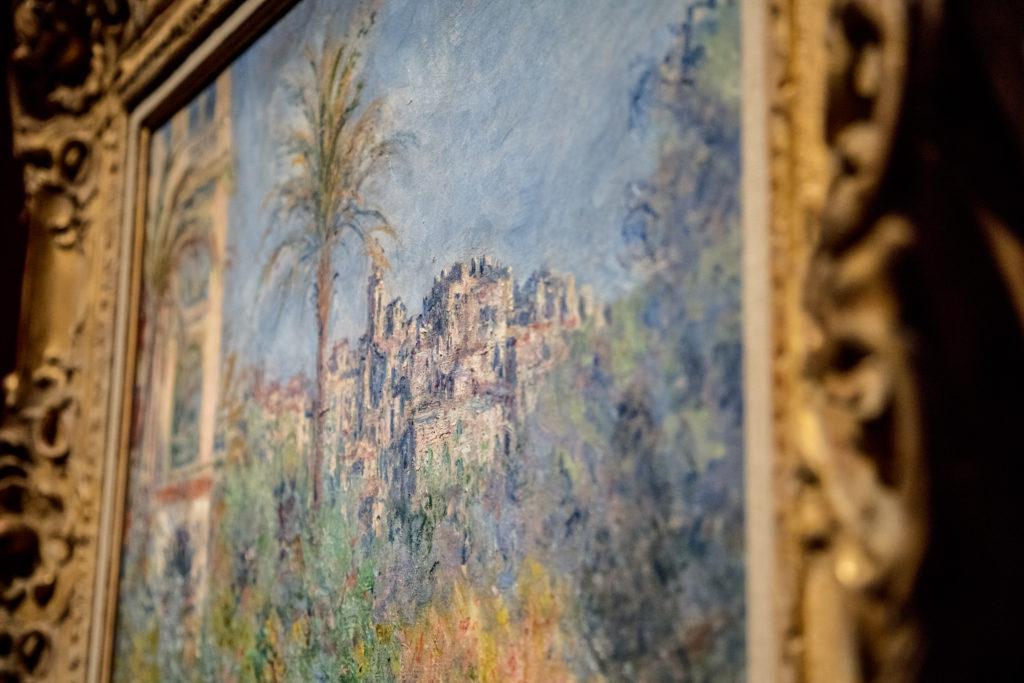
The pampering doesn’t end when the painting arrives at the museum.
“We really are mindful of the importance of these pieces and we try to limit to a minimum the movement of them,” said Angelica Daneo, DAM’s chief curator and curator of European art before 1900. “We really plan in advance of getting exact dimensions of the image, including the frame.”
Before they’re hung, the gallery’s walls are covered in large pieces of brown paper. Each is a placeholder for curators to lay out the exhibition. If they want to play around, they use the paper stand-ins before the painting is cracked out of its perfect temperature cocoon.
Cucinella-McDaniel said the logistics of art transit haven’t changed much in the decades she’s done this work. But she has gotten a heck of a lot busier as more and more art jet sets around the globe. She said that makes it all too easy to get caught up in the chaos of this profession.
“And forget like, I am in the presence of a Monet that most people haven't even seen on a wall, and I'm looking at it under magnification,” she said. “This is a pretty unique experience.”
_
Disclosure: Colorado Public Radio, through its CPR Classical service, is partnered with the Denver Art Museum's "Claude Monet: The Truth Of Nature" exhibition. The partnership shares music related to the Monet era and includes classical host Monika Visher as the voice of the exhibit's audio tour.



